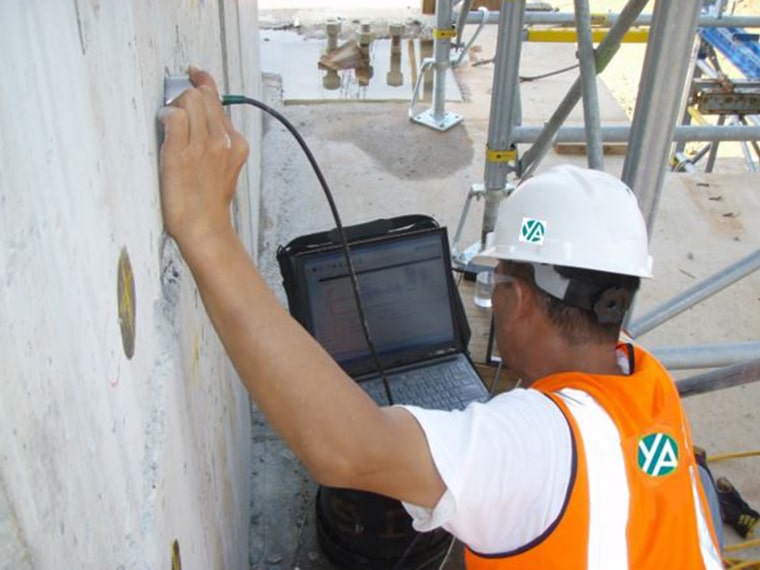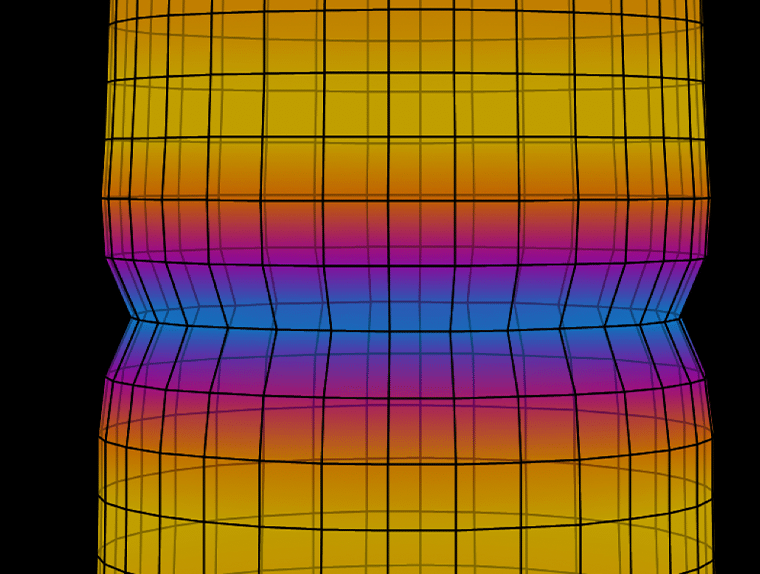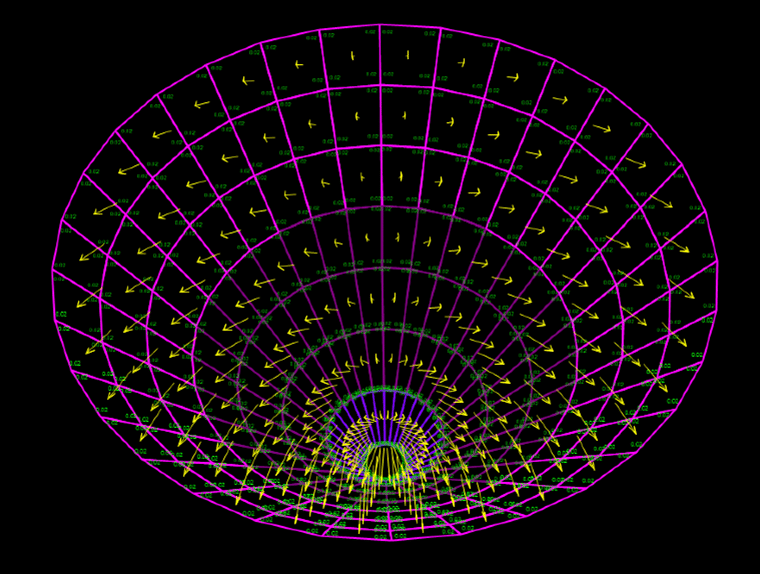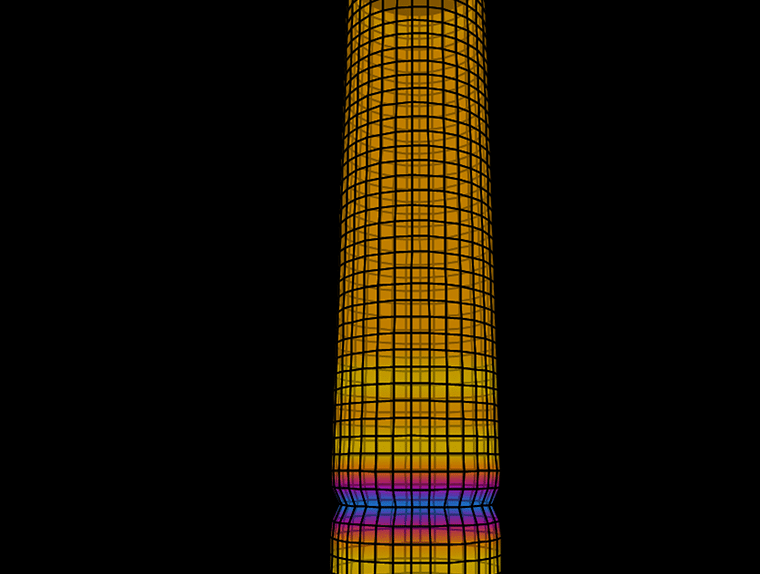Forensic investigations frequently involve analysis of structural systems and materials that are historic, deteriorated, distressed, or not constructed in accordance with design drawings. Accurately analyzing these non-conventional systems requires careful assessment of material properties, restraints and connections, and detailed consideration of in-service loading.
Structural Failure Analysis Services


YA engineers specialize in analyzing existing buildings and structures utilizing a toolkit of engineering principles, finite element computer modeling, stress-strain compatibility, load testing, material testing, and historical and conventional codes and standards.

Static and Dynamic Finite Element Modeling
For analysis of complex structures, it is sometimes necessary to create mathematical representations utilizing various computer programs based on the finite element method. The model’s sophistication is project-dependent and may be as simple as a two-dimensional beam analysis or a full-building model. Still, other projects may demand detailed studies, including finite element modeling of individual components or connections. YA experts are versed in most state-of-the-art, commercially available computer analysis methods, including linear elastic, linear dynamic, nonlinear static (pushover), and nonlinear dynamic.
Forces applied to a building or structure for a finite element analysis may be gravity-related, such as dead, live, or snow loads, or maybe from lateral forces, such as wind or seismic. Additional external forces that may need to be considered include the effects of ponding, drifting snow, soil, hydrostatic effects, wave and tidal flow, construction loads, and foundation settlement. In addition, internal forces such as creep and shrinkage may need to be considered.
YA performs finite element analyses based on common-sense modeling techniques with a deep understanding of the first engineering principles. In addition, our decades of forensic engineering experience evaluating damaged structures provides YA engineers with a unique understanding of how real-life structures behave when subjected to various loadings. Understanding the importance of the input variables used—along with a rational interpretation of the results—sets our analyses apart from those of other firms.
Finite element modeling is an important analysis tool that can provide YA experts the basis to support litigation and expert witness testimony, causation studies, and design and construction defect investigations. Our engineers utilize state-of-the-art finite element modeling programs such as SAP2000, ETABS, ADAPT, PERFORM-3D, and Risa-3D.
YA services include:
- Litigation Support and Expert Witness Testimony
- Causation Studies
- Design or Construction Defect Evaluation
- Code Review
- Destructive and Non-Destructive Testing to Determine Material Properties
Structural Analysis of Buildings and Structures
Structural analyses of existing buildings or structures may be performed for several different purposes, including a failure causation analysis, a design or construction defect evaluation, or after a code review where the building code allows for the reuse of an existing damaged component. The sophistication of a given structural analysis is project-dependent. Certain projects may benefit from state-of-the-art analysis techniques, including static or dynamic finite element modeling, whereas others may only require straightforward numerical calculations.
In structural analysis, forces applied to the building or structure may be gravity-related, such as dead, live, or snow loads or lateral forces resulting from wind or seismic. Additional external forces that may need consideration include water ponding, drifting snow, soil and hydrostatic effects, wave and tidal flow, construction loads, and foundation settlement. The analysis may also need to consider internal forces such as creep and shrinkage.
A building, structure, or structural component analysis should be based on common-sense techniques and first engineering principles. For older structures, a capacity analysis may benefit from historical research and an understanding of archaic construction materials and techniques.
YA offers guidance to building owners, restoration contractors, and insurance carriers regarding appropriate levels of analysis and the various techniques available for causation studies, design or construction defect investigations, or to determine repair versus replacement. Our engineers have decades of experience in all levels of structural analysis techniques. They are knowledgeable in the performance of most typical structural components, including wood, structural steel, light gauge steel, reinforced concrete, post-tensioned concrete, and reinforced masonry.
YA services include:
- Causation Studies
- Failure Analysis
- Design or Construction Defect Evaluation
- Code Review
- Static and Dynamic Finite Element Modeling
- Destructive and Non-Destructive Testing to Determine Material Properties




